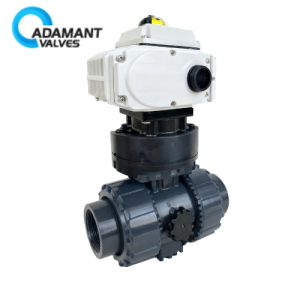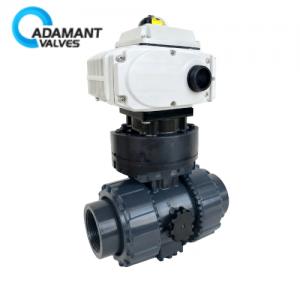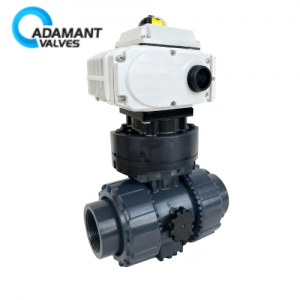Introduction of Degreasing Valve
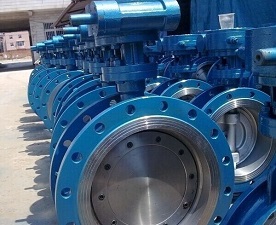
The cleaning of valves is a straightforward process that requires some diligence and quality control. However, guidance is available from various standards and specifications. Also, since the valves must be disassembled for most cleaning procedures, it’s important that the personnel involved be familiar with proper disassembly and re-assembly of the valves to be cleaned.
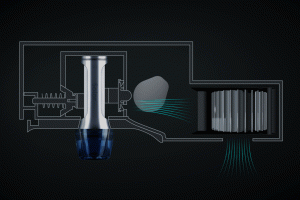
1. Cleaning steps
Components of sanitary valves must undergo the following procedures before assembly:
1) According to the processing requirements, some components need to be polished, with the surface free from processing glitches.
2) All components undergo degreasing treatment.
3) After being degreased, they undergo pickling passivation (the cleaning agent doesn’t contain phosphorus).
4) After pickling passivation, rinse them with pure water. There can’t be pharmaceutical residues (skip this step for carbon steel parts).
5) Dry each component one by one with non-wovens. There can’t be hairlines or others left on the surface of the component. Or dry the component using clean nitrogen.
6) Wipe each and every component using non-wovens or precision filter papers with pure alcohol until there’s no dirty color left.
2. Assembly requirements
Components that have been cleaned must be sealed and preserved for installation. The requirements for the installation process are as follows:
1) The installation workshop must be clean. Or we can set up a temporary clean area to prevent dust from entering during the installation process.
2) Assembly workers must wear clean cotton overalls and cotton caps. The hair can’t be seen outside. And they should wear clean shoes and plastic gloves.
3) Assembly tools must be degreased before assembly to ensure cleanliness.
3. Other requirements
1) The assembled valve should be purged with nitrogen for at least one minute.
2) Pure nitrogen must be used in an airtight test.
3) After passing the airtight test, they should be sealed. Seal them with a clean polyethylene cap. Before the use of polyethylene cap, it should be soaked in an organic solvent before being wiped clean.
4) Seal it with a vacuum bag.
5) Finally, packing.
6) Measures should be taken during the transportation to ensure the package is not damaged.
Conclusion
Thank you for reading our article and we hope it can help you better understand the introduction of degreasing valve. If you want to learn more about degreasing valves, we would like to advise you to visit Adamant Valve homepage for more information.


